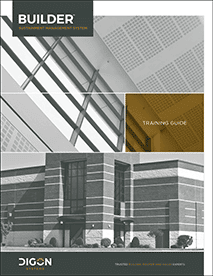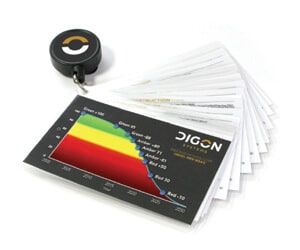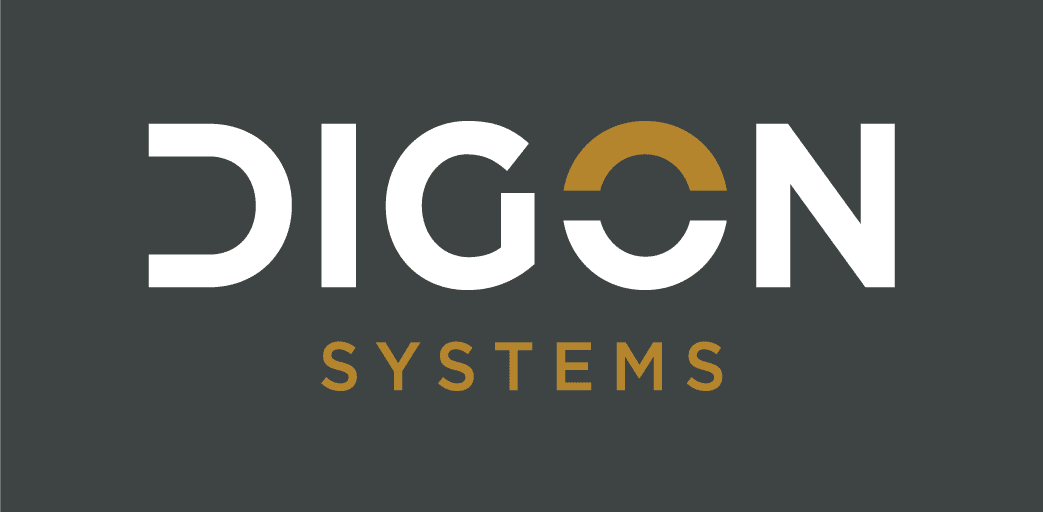BUILDER Services
Classroom
Training
What is BUILDER?
Consulting & Data Entry
Online Training
Quality Assurance
Hosting
BUILDER™ Classroom
Training
Software is a productivity tool and is only as valuable as your ability to use it.
Recognizing this, we offer a three day classroom training program to enhance your productivity. A BUILDER expert from the DIGON team will travel to your facility and train your staff with a tailored agenda and materials to maximize your learning needs.
Our BUILDER Classroom Training is an efficient way to train assessment teams, multiple analysts, and facility management staff at once. Since the program is taught in person, students receive valuable Q&A time and can discuss the material with each other and the instructor throughout the course. The training is designed to appeal to all learners by immersing them in a rich environment that includes auditory, visual, interactive, and hands-on learning opportunities. While entertaining and, at times, even funny, the knowledge delivered is in-depth and comprehensive.
The course is divided into six modules, which are broken up among the three training days according to each client’s needs. Each module uses a combination of engaging, conversational dialogue, step-by-step demonstration videos, interactive knowledge checks and quizzes, and hands-on exercises completed within the student’s’ private, real-world BUILDER training account. These tools ensure the student thoroughly understands, and can use all aspects of the BUILDER software.
Introduction
This is the first module in the series. It introduces the student to Facility Condition Assessment, the BUILDER software package, and the training program they are about to begin.
Inspection
BUILDER’s inspection model differs from the traditional approach. The Inspection module explains those differences, as well as the advantages of BUILDER’s more modern method. All inspection types—distress survey, direct rating, and age-based are explained in detail. Best practices are presented to increase efficiency.
Work Planning
Students learn how to customize the work planning settings in BUILDER so the resulting work plans are relevant and highly useful to the decision maker. They’ll learn about the data libraries in BUILDER and how to modify them. Finally, students discover modeling and simulation scenarios, learning how to use BUILDER as a strategic, long-range facility planning tool.
Inventory
This module focuses on the BUILDER hierarchy, the arrangement of data using the UNIFORMAT II standard, and the process of creating a building’s inventory in the BUILDER database. Shortcuts for creating inventory data are covered, as well as industry best practices, which are designed to streamline the use of BUILDER.
Field Assessment
The Field Assessment module takes concepts learned in the Inventory and Inspection modules and shows how to collect and use this data in the field. We thoroughly teach the use of the offline companion application, BUILDER Remote Entry Database (BRED). There is also a path of the Field Assessment module available with FLOW™- DIGON Systems’ assessment software application toolset.
Data Quality
Since any database software is only as good as the data entered by its users, we devote an entire module to the subject of creating accurate and precise data in BUILDER. Techniques for maintaining data integrity and quality assurance procedures are covered in depth, so that BUILDER data can be reliable.
When you enroll in the online BUILDER training course you will receive:
- BUILDER Assessment Manual
- Online Exercise Instructions, which facilitate the learning experience with detailed information and illustrations.
- Access to the BUILDER Software program with dedicated login credentials for each student. This environment is live for six months to further your experience in BUILDER.


- Certificate of Completion when you complete the course
- Customer and technical support via phone and email to be utilized while you are taking the training course and after you have completed it
- Quick reference cards, including the Service Life Rating Curve, Direct Rating definitions, Sectioning Guidance, Distress Survey definitions, and the UNIFORMAT II Tree
